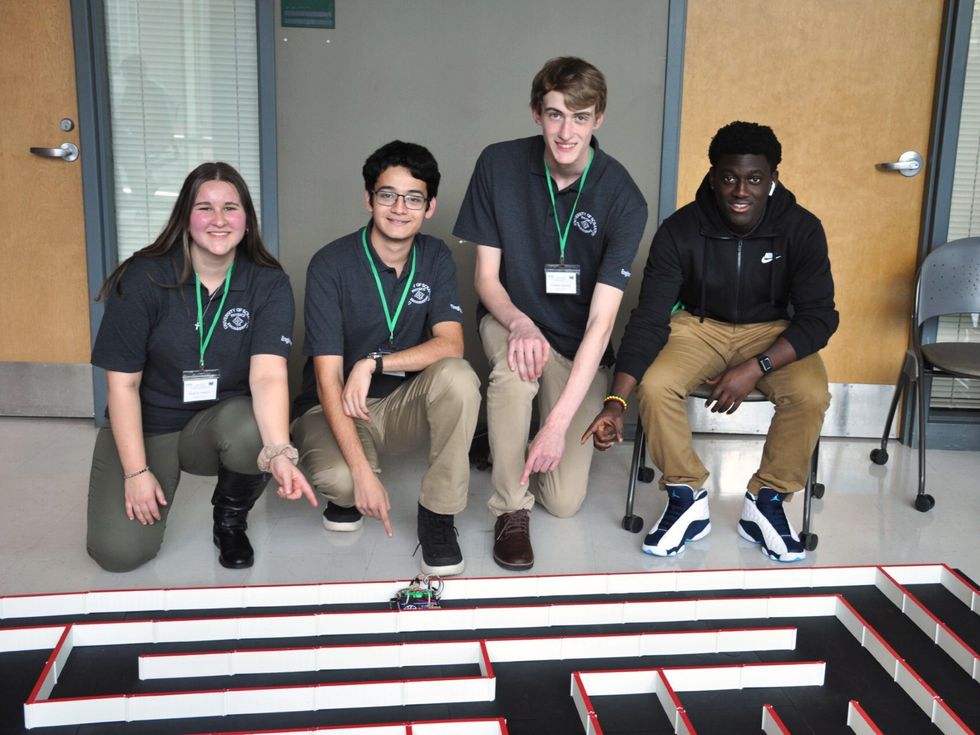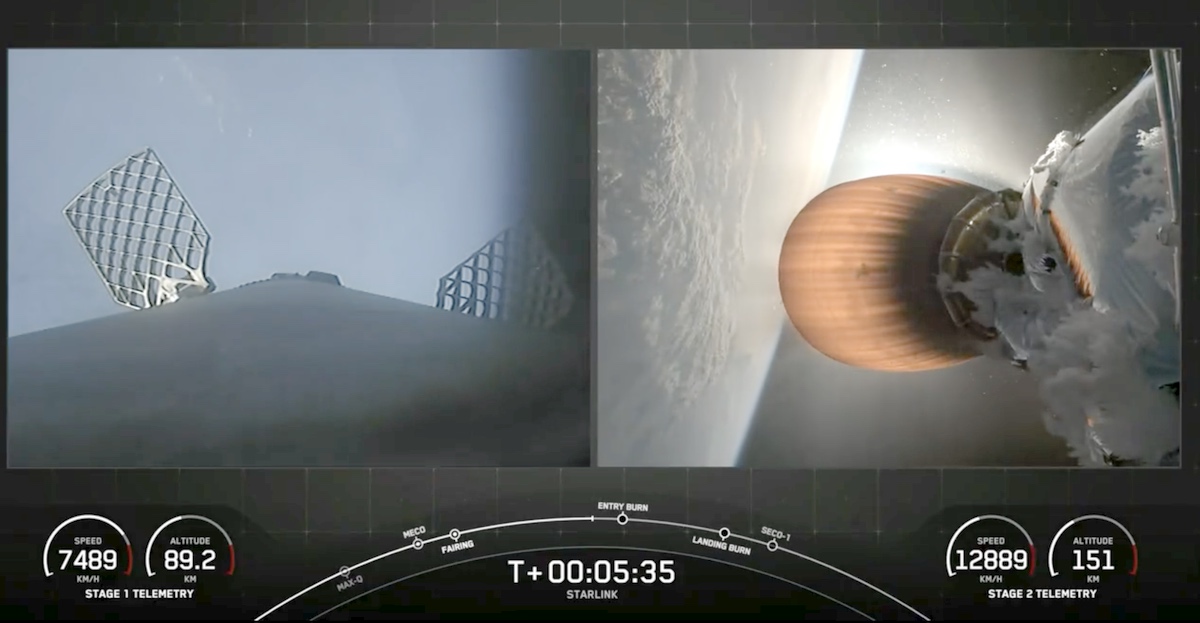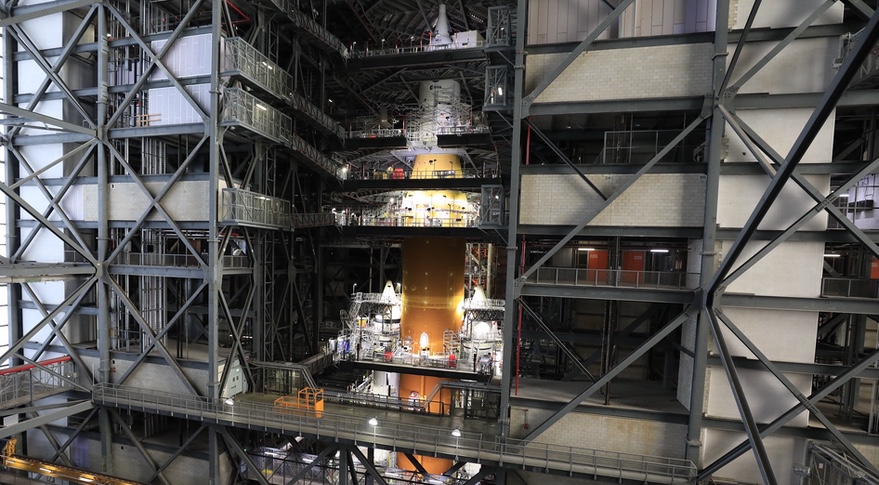Many college students participate in sports, listen to music, or play video games in their spare time, but IEEE Student Member Gerard Piccini prefers amateur radio, also known as ham radio. He’s been involved with the two-way radio communication, which uses designated frequencies, since his uncle introduced him to it when he was a youngster. His call sign is KD2ZHK.
Piccini, from Monroe Township, N.J., is pursuing an electrical engineering degree at the University of Scranton, in Pennsylvania. The junior is president of the university’s W3USR amateur radio club. He’s also a member of Scranton’s IEEE student branch, the IEEE Club.
Gerard Piccini
Member grade
Student member; member of IEEE-HKN’s Lambda Nu chapter
University:
University of Scranton in Pennsylvania
Major:
Electrical engineering
Minors:
Math and physics
Grade:
Junior
Another of his passions is robotics. He captained one of the university club’s teams that participated in the Micro Mouse competition held during the October IEEE Region 2 Student Activities Conference, hosted by Marshall University in Huntington, W.Va. The Scranton team competed against other student branches to build and program small robots to navigate a maze in the shortest time possible. The team placed second.
“The contest was a great opportunity for me,” Piccini says, “to learn how to apply the skills I’ve been learning from classes into a project that I designed myself.”
Ham radio researcher
Piccini joined Scranton’s amateur radio club when he was a freshman. Overseeing the club is IEEE Member Nathaniel Frissell, who has taught Piccini physics and electrical engineering. Frissell noticed Piccini’s interest in radio technology and asked the student to assist him with research. Piccini now is helping to develop a low-cost, low-power system to send a signal into the ionosphere and measure the time it takes to return.
“The system will allow us to collect more data about the ionosphere, which is an ionized layer of the atmosphere and is important for radio propagation,” he says. “Right now there are not that many full-sized ionospheric sounding systems. If we can make them cheap enough, we could get ham radio operators to set them up and increase data points.”
“I like it when I have a project and have to try to find a solution on my own.”
Piccini is active with Ham Radio Science Citizen Investigation, which includes amateur radio enthusiasts and professional scientists who collaborate on research.
“The idea behind HamSCI is getting citizens involved in science,” Piccini says.
His research, he says, has led him to consider a career in RF engineering or digital signal processing, either in academia or industry.
A born problem-solver
Like other budding engineers, Piccini has enjoyed taking things apart and figuring out how to put them back together again since his youth. Neither of his parents was an engineer, but they encouraged his interest by buying him engineering kits.
A high school physics class inspired him to study electrical engineering. It covered circuits and wave mechanics, a branch of quantum physics in which the behavior of objects is described in terms of their wavelike properties.
He initially was undecided about whether to pursue a degree in physics or engineering. It wasn’t until he learned how to code and work with hardware that he chose engineering. And although he still enjoys coding, he says he’s glad he ultimately chose electrical engineering: “I like it when I have a project and have to try to find a solution on my own.” He is minoring in mathematics and physics.
 Student Member Gerard N. Piccini [second from left] with teammates from the IEEE Club Student Branch who competed in the IEEE Region 2 Micro Mouse contest. Gabrina Garangmau
Student Member Gerard N. Piccini [second from left] with teammates from the IEEE Club Student Branch who competed in the IEEE Region 2 Micro Mouse contest. Gabrina Garangmau
An IEEE student leader
Piccini says he joined IEEE because he felt “trapped in a bubble of academia.” As an underclassman, he recalls, he didn’t really know what was going on in the field of engineering or in industry.
“Being involved with IEEE helps give you that exposure,” he says.
He is a member of the Lambda Nu chapter of IEEE’s honor society, IEEE-Eta Kappa Nu.
Scranton’s IEEE Club offers presentations by engineering companies and technical talks. The club also encourages students to explain the work they’ve done during their internships.
To give members professional boosts, the club holds résumé-writing sessions, conducts mock interviews, and has the students practice their public-speaking skills.
The branch also encourages its members to get involved with community projects.
Piccini is secretary of the student branch. The position has given him leadership experience, he says, including teaching him how to organize and run meetings and coordinate events—skills he wouldn’t have picked up in his classes.
As captain of the Micro Mouse team, he was responsible for mentoring younger students, overseeing the design of the robot, and setting the agenda so the team would meet the competition’s deadlines.
He notes that the IEEE Student Activities Conference is a great way to meet fellow students from around the region.
Being active in IEEE, he says, is “a great opportunity to network, meet people, and learn new skills that you might not have—or already have but want to develop further.”
Note: This article have been indexed to our site. We do not claim legitimacy, ownership or copyright of any of the content above. To see the article at original source Click Here













